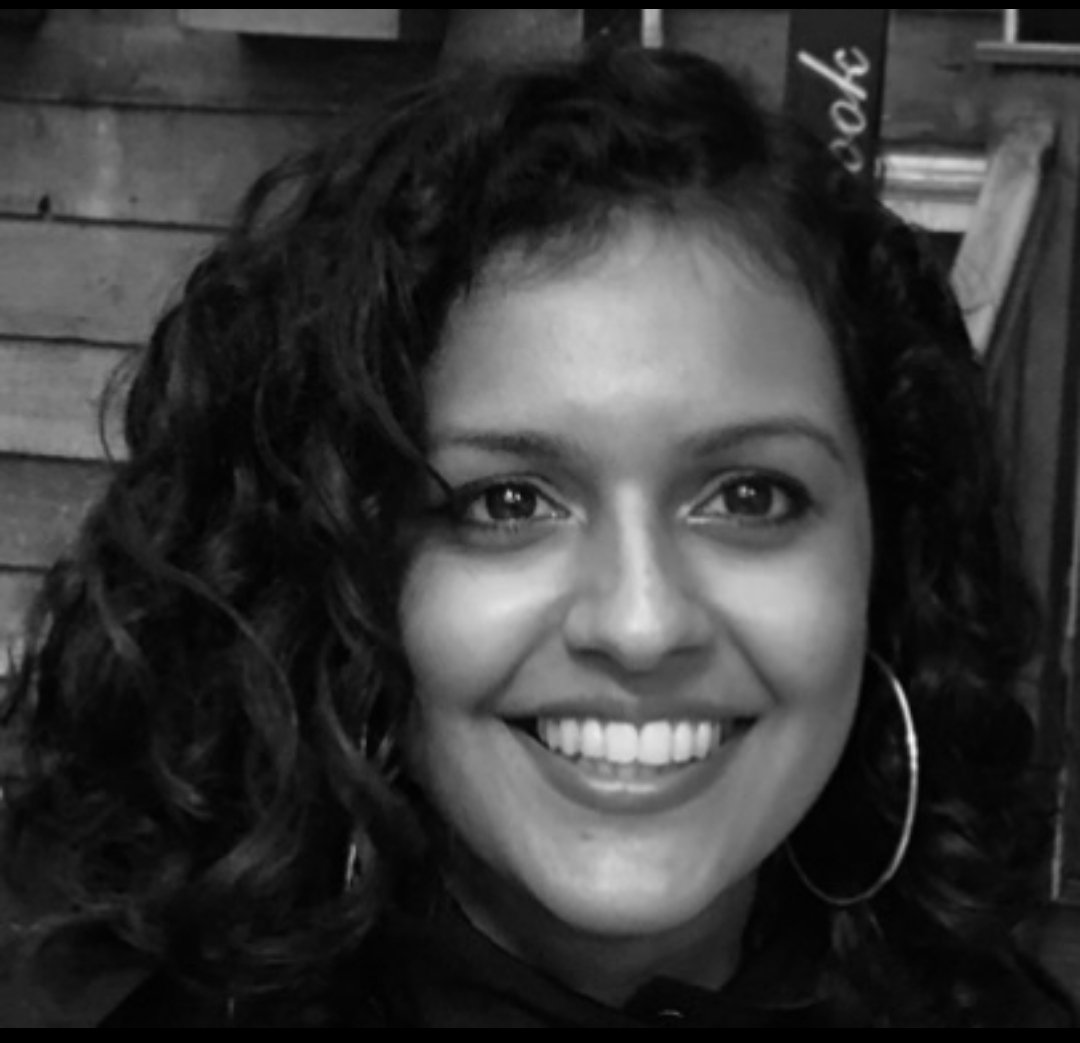Diverse Forms of Marriage (AQA GCSE Sociology) : Revision Note
How marriages differ globally
Forms of Marriage | Definition |
|---|---|
Monogamy | Being married to one person at a time, which is the accepted form of marriage in the UK. |
Serial monogamy | When a divorced person remarries, then divorces and remarries, and so on; therefore, marriage is not considered a lifelong commitment. |
Bigamy | Marrying when already married to another person, which is a criminal offence in the UK. |
Polygamy | When a person has more than one spouse at the same time, which is legal in some countries (such as Saudi Arabia, Algeria and Cameroon). |
Polygyny | When a man has two or more wives at the same time, which was acceptable in the Mormon religion until 1890. It is more prevalent in Africa than on any other continent. |
Polyandry | When a woman has more than one husband at the same time. It is practiced among Tibetans in rural areas of Nepal and parts of China. |
Where parents or other family members choose a partner they believe will be suitable for their children. They are common in countries such as Bangladesh, China, India and Japan. |
Changing patterns of marriage
The patterns of marriage and cohabitation are changing dramatically
A secondary source of data that offers helpful information about these changes is official statistics
The declining number of marriages
The number of marriages in the UK has fallen, suggesting it is no longer important as it once was
In 1972, there were 480,000 marriages
in 2011, just over 286,600 marriages took place
In 2019, there were 219, 850 marriages
People are getting married later
In contrast to the 1970s, a growing number of people are delaying marriage until later in life, which is probably the result of:
the changing role of women due to increased opportunities in the workplace to establish a career
This means that women have less need for support from men due to their own financial independence
increased educational opportunities as young people are spending a longer time in full-time education
changing social attitudes as there is less stigma attached to living together without being married than in previous years
Civil partnerships and same-sex marriage
In the UK, legal recognition of same-sex relationships dates back to the Civil Partnership Act of 2004, where:
16,106 civil partnerships were formed in 2006
6276 civil partnerships were formed in 2013
6876 civil partnerships were formed in 2022
Although the number of civil partnerships has increased in recent times, the proportion of people in civil partnerships as a percentage of the population has been decreasing
Marriages of same-sex couples were introduced in 2014, which could explain the 70% decline in civil partnerships from 2013 to 2014
In 2015, over 9000 same-sex couples converted their civil partnership to marriage, suggesting that marriage is still considered to be important
Increase in births outside of marriage
Births outside of marriage became common during the 1960s and 1970s
The following statistics show that births occurring outside of marriage are no longer stigmatised and are now socially acceptable in the UK:
In 1988, 25.2% of births happened outside marriage
This increased in 2006 to 43.7%
In 2022, 51.4% of births were outside marriage
A high proportion of unmarried mothers were cohabiting with their child's father at the time of the child's birth
The increase in cohabitation
The proportion of people cohabiting in the UK has doubled over the last 20 years
Some people cohabit without expecting the relationship to last long-term
Some consider cohabitation an alternative to marriage as it is a cheaper option as the average cost of a wedding in Britain is now over £20,000
Some couples see cohabitation as a gateway to marriage, as it allows them to save up for their wedding
The increase in cohabitation is linked to secularisation and shifting perceptions of premarital sex, which is no longer regarded as 'sinful'
It is also a result of changing social attitudes, as cohabitation is seen as more socially acceptable within some social groups

Examiner Tips and Tricks
Try to learn some statistics on the changing patterns of marriage, divorce and the proportion of different family types in the UK. Drawing graphs, pie charts or tables may help you to remember them, particularly if you are a visual learner.

You've read 0 of your 5 free revision notes this week
Sign up now. It’s free!
Did this page help you?

